Home>Renovation & DIY>Home Renovation Guides>What Is A Gable Wall?
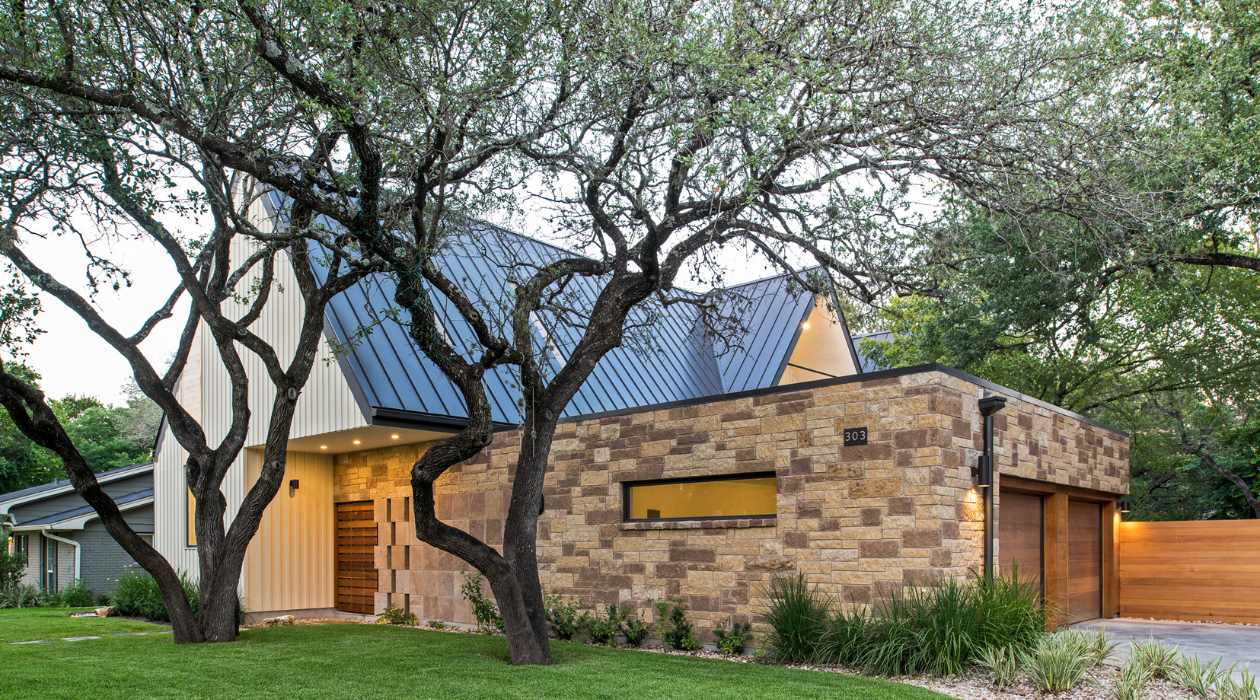

Home Renovation Guides
What Is A Gable Wall?
Published: February 1, 2024
Learn about gable walls and their role in home renovation with our comprehensive guide. Find expert tips and advice for your home renovation projects.
(Many of the links in this article redirect to a specific reviewed product. Your purchase of these products through affiliate links helps to generate commission for Storables.com, at no extra cost. Learn more)
Definition of a Gable Wall
A gable wall is a fundamental architectural element that plays a crucial role in the overall structure and appearance of a building. It is the triangular portion of an exterior wall that is enclosed by the sloping edges of a pitched roof. This distinctive feature is formed by the intersection of two sloping roof panels, known as the gable ends, which meet at the ridge of the roof. The gable wall typically extends from the eaves to the apex of the roof, creating a visually striking and functional component of the building's design.
The defining characteristic of a gable wall is its triangular shape, which is created by the inclined roof sections meeting at a central point. This triangular area is often utilized as a canvas for architectural embellishments, such as decorative trim, intricate patterns, or windows, adding aesthetic appeal and individuality to the structure. The gable wall serves as a prominent focal point of the building's exterior, contributing to its overall charm and character.
In addition to its visual impact, the gable wall also serves a practical purpose in the construction of a building. It provides essential support and stability to the roof structure, helping to distribute the weight of the roof and withstand external forces, such as wind and snow loads. Furthermore, the gable wall plays a vital role in facilitating proper ventilation and moisture control within the attic space, contributing to the overall energy efficiency and comfort of the building.
The gable wall is a versatile architectural element that can be found in a wide range of building styles, from traditional homes to modern structures. Its timeless appeal and functional significance make it a popular choice among architects and homeowners alike. Whether adorning a quaint cottage or a grand estate, the gable wall stands as a symbol of architectural ingenuity and aesthetic allure, embodying the essence of timeless design and structural integrity.
Key Takeaways:
- Gable walls are iconic triangular features that add charm and stability to buildings, but they can be vulnerable to wind damage and require extra maintenance due to their intricate design.
- Gable walls offer timeless elegance and structural support, but they may limit attic space and require careful construction to withstand heavy snow and high winds.
Read more: What Is Gable Vent?
Characteristics of a Gable Wall
The gable wall, with its distinctive triangular shape and prominent position at the end of a building, possesses a set of defining characteristics that contribute to its architectural significance and functional role. These characteristics encompass both visual appeal and structural functionality, making the gable wall a versatile and essential element in building design.
1. Triangular Shape
At the core of the gable wall's identity is its triangular shape, which is formed by the intersection of the two sloping roof panels. This triangular area extends from the eaves to the apex of the roof, creating a visually striking feature that defines the external appearance of the building. The gable wall's triangular form provides a sense of verticality and grandeur, adding a dynamic dimension to the building's silhouette.
2. Architectural Embellishments
The gable wall often serves as a canvas for architectural embellishments, allowing for the incorporation of decorative elements that enhance its visual impact. These embellishments may include ornate trim, intricate patterns, or decorative windows, adding character and individuality to the building's facade. Such adornments contribute to the gable wall's role as a focal point of architectural expression, showcasing craftsmanship and design creativity.
3. Structural Support
Beyond its aesthetic significance, the gable wall plays a crucial role in providing structural support to the roof. By anchoring the ends of the roof and forming a stable triangular structure, the gable wall helps distribute the weight of the roof evenly, contributing to the overall stability and integrity of the building. This structural function is essential for withstanding external forces and ensuring the long-term durability of the roof system.
Read more: What Is A Gable On A Roof?
4. Ventilation and Moisture Control
Another key characteristic of the gable wall is its role in facilitating proper ventilation and moisture control within the attic space. Through the incorporation of vents or other ventilation openings, the gable wall allows for the exchange of air, preventing the buildup of excess heat and moisture. This ventilation function contributes to the overall energy efficiency and comfort of the building, promoting a healthy indoor environment.
5. Architectural Versatility
The gable wall's versatility is evident in its adaptability to various architectural styles and building types. Whether adorning a traditional cottage, a contemporary residence, or a commercial structure, the gable wall remains a timeless and adaptable feature that transcends architectural trends. Its ability to harmonize with diverse design aesthetics makes it a sought-after element in architectural composition.
In essence, the characteristics of a gable wall encompass its visual allure, structural significance, and adaptability, making it an indispensable component of architectural design. From its iconic triangular form to its functional contributions, the gable wall stands as a testament to the seamless integration of aesthetics and utility in the built environment.
Common Uses of Gable Walls
Gable walls are prevalent in a wide array of architectural contexts, owing to their versatility and functional benefits. Their distinctive triangular shape and structural significance make them a popular choice for various building types and styles. Here are the common uses of gable walls:
-
Residential Homes: Gable walls are frequently featured in residential architecture, adorning single-family homes, cottages, and multi-story residences. Their presence adds a touch of classic charm and timeless elegance to the exterior of the house. Whether incorporated into traditional farmhouse designs or modern suburban dwellings, gable walls contribute to the overall aesthetic appeal of residential properties.
-
Historic Buildings: Many historic and heritage buildings showcase gable walls as a defining element of their architectural composition. From colonial-era structures to Victorian-era mansions, gable walls have been a hallmark of architectural styles throughout history. Their enduring presence in historic buildings reflects their enduring appeal and enduring relevance in the realm of architectural heritage.
-
Commercial Structures: Gable walls are not limited to residential architecture; they also find application in commercial buildings. From retail establishments to office complexes, gable walls can be utilized to impart a sense of grandeur and architectural distinction to commercial structures. Their visual impact and structural significance make them a compelling choice for enhancing the facade of commercial properties.
-
Educational Institutions: Schools, colleges, and universities often incorporate gable walls into their campus buildings, adding a touch of academic elegance to the architectural landscape. Gable walls can be found adorning academic buildings, libraries, and administrative facilities, symbolizing the enduring pursuit of knowledge and the timeless tradition of education.
-
Religious Structures: Gable walls grace the exteriors of many religious edifices, including churches, temples, and mosques. Their presence in religious architecture symbolizes a connection to tradition, spirituality, and architectural reverence. Gable walls contribute to the iconic silhouette of religious structures, serving as a visual representation of spiritual upliftment and architectural sanctity.
-
Custom Residences: In the realm of custom home design, gable walls offer a canvas for architectural creativity and personalization. Homeowners and architects often leverage gable walls to infuse custom residences with unique character and individuality. Whether through customized trim details, decorative windows, or embellishments, gable walls can be tailored to reflect the distinct preferences and tastes of homeowners.
In summary, the widespread use of gable walls across residential, commercial, educational, and religious contexts underscores their enduring appeal and architectural significance. Their ability to enhance the visual impact of buildings while providing structural support makes them a timeless and versatile feature in the realm of architectural design.
Advantages and Disadvantages of Gable Walls
Gable walls, with their iconic triangular shape and structural significance, offer a range of advantages and disadvantages that influence their application in architectural design. Understanding these factors is crucial for architects, builders, and homeowners when considering the incorporation of gable walls in building projects.
Read more: What Is A Gable Roof
Advantages
-
Aesthetic Appeal: One of the primary advantages of gable walls lies in their visual impact. The triangular form of gable walls adds a sense of grandeur and architectural interest to the exterior of a building. This distinctive feature contributes to the overall charm and character of the structure, creating a timeless and elegant facade.
-
Architectural Versatility: Gable walls are remarkably versatile, seamlessly complementing a wide range of architectural styles. Whether adorning traditional cottages, modern residences, or commercial structures, gable walls harmonize with diverse design aesthetics, making them a sought-after architectural element.
-
Structural Stability: Gable walls play a crucial role in providing structural support to the roof. By forming a stable triangular structure, gable walls help distribute the weight of the roof evenly, contributing to the overall stability and integrity of the building. This structural function is essential for withstanding external forces and ensuring the long-term durability of the roof system.
-
Ventilation and Moisture Control: The design of gable walls allows for the incorporation of vents or other ventilation openings, facilitating proper airflow within the attic space. This ventilation function helps prevent the buildup of excess heat and moisture, contributing to the overall energy efficiency and comfort of the building.
-
Architectural Expression: Gable walls serve as a canvas for architectural embellishments, allowing for the incorporation of decorative elements such as ornate trim, intricate patterns, or decorative windows. These embellishments add character and individuality to the building's facade, showcasing craftsmanship and design creativity.
Disadvantages
-
Vulnerability to High Winds: The steep slope of gable roofs can make them more susceptible to wind damage, especially in areas prone to high winds or severe weather conditions. Without proper reinforcement and construction, gable walls may be at risk of structural damage during storms.
-
Maintenance Challenges: The intricate design and decorative elements often found on gable walls may require additional maintenance efforts. Cleaning, painting, and repairing these embellishments can be more labor-intensive compared to other types of wall designs, adding to the overall maintenance requirements of the building.
-
Limited Attic Space: The steep pitch of gable roofs, while contributing to the aesthetic appeal, can limit the usable space within the attic. This may impact the potential for attic conversions or storage space, depending on the specific design and slope of the gable walls.
-
Snow Accumulation: In regions with heavy snowfall, gable walls can lead to snow accumulation on the roof, particularly on the side with the gable end. This accumulation may pose challenges in terms of snow removal and potential structural load on the roof.
-
Complex Construction: The construction of gable walls and roofs can be more complex compared to other roof designs, requiring precise framing and structural considerations to ensure proper support and stability. This complexity may result in higher construction costs and specialized expertise required for installation.
In summary, while gable walls offer compelling aesthetic appeal, structural stability, and architectural versatility, they also present challenges related to maintenance, weather vulnerability, and construction complexity. Understanding the advantages and disadvantages of gable walls is essential for informed decision-making in architectural design and construction projects.
Frequently Asked Questions about What Is A Gable Wall?
Was this page helpful?
At Storables.com, we guarantee accurate and reliable information. Our content, validated by Expert Board Contributors, is crafted following stringent Editorial Policies. We're committed to providing you with well-researched, expert-backed insights for all your informational needs.
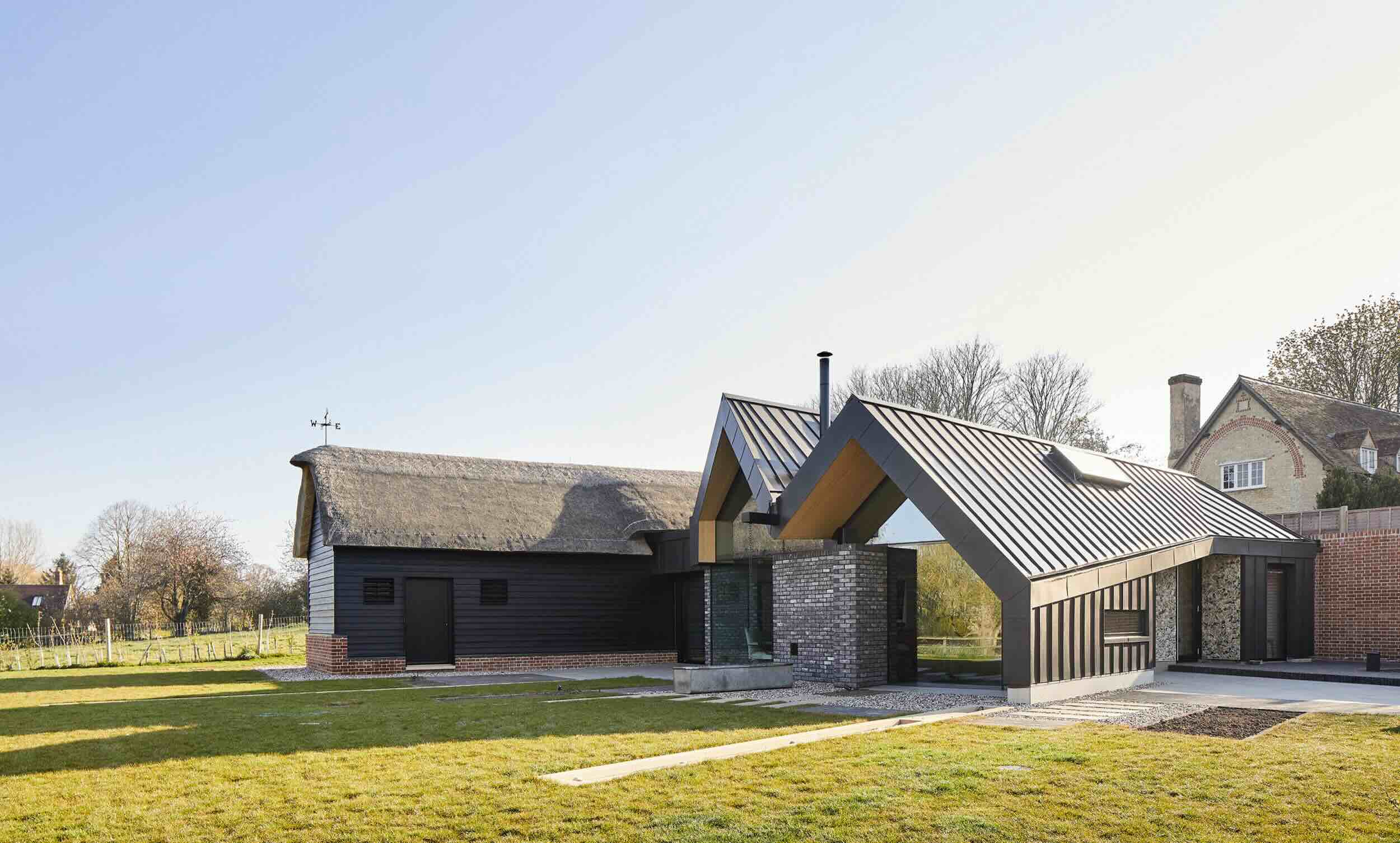
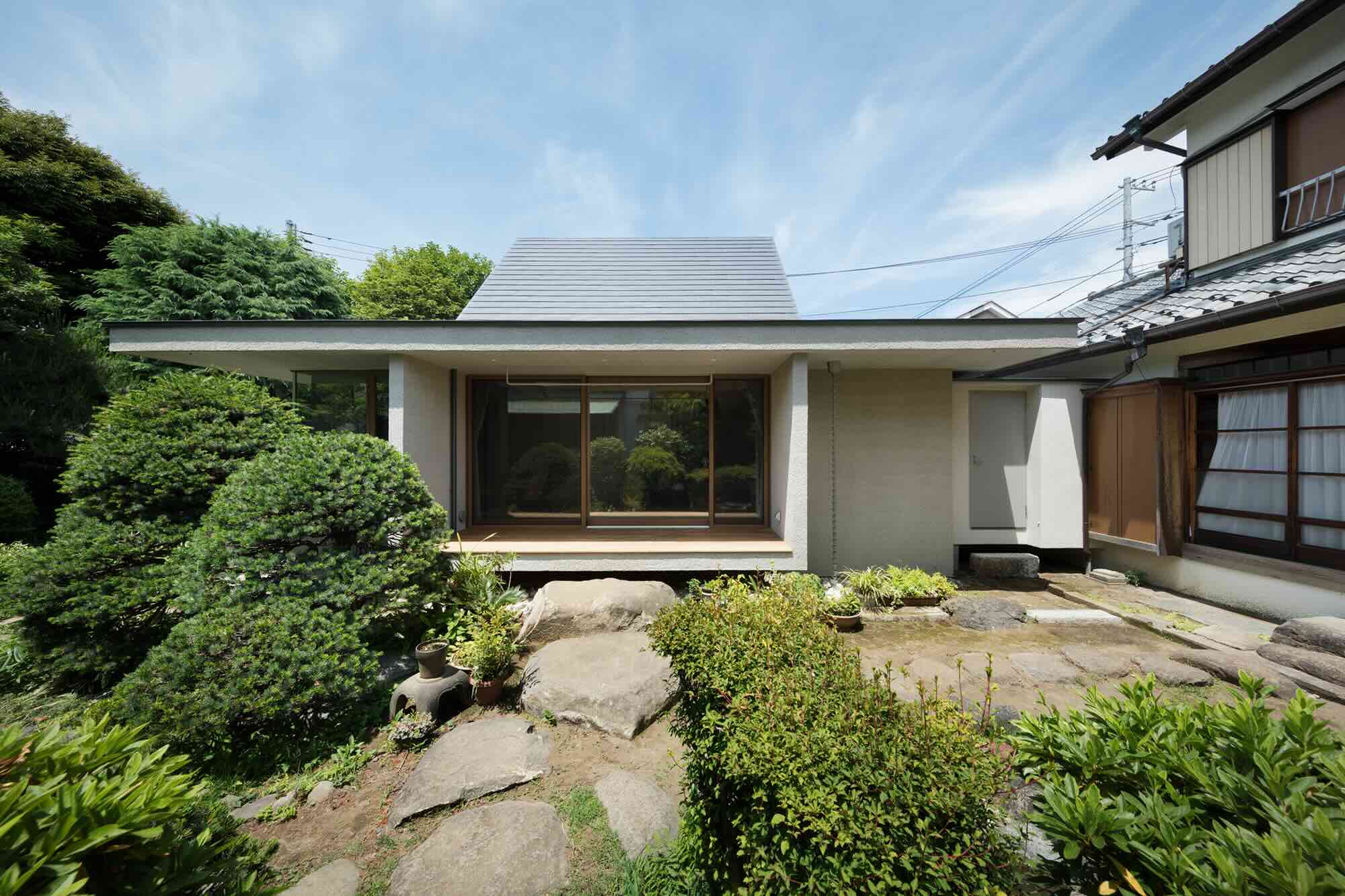
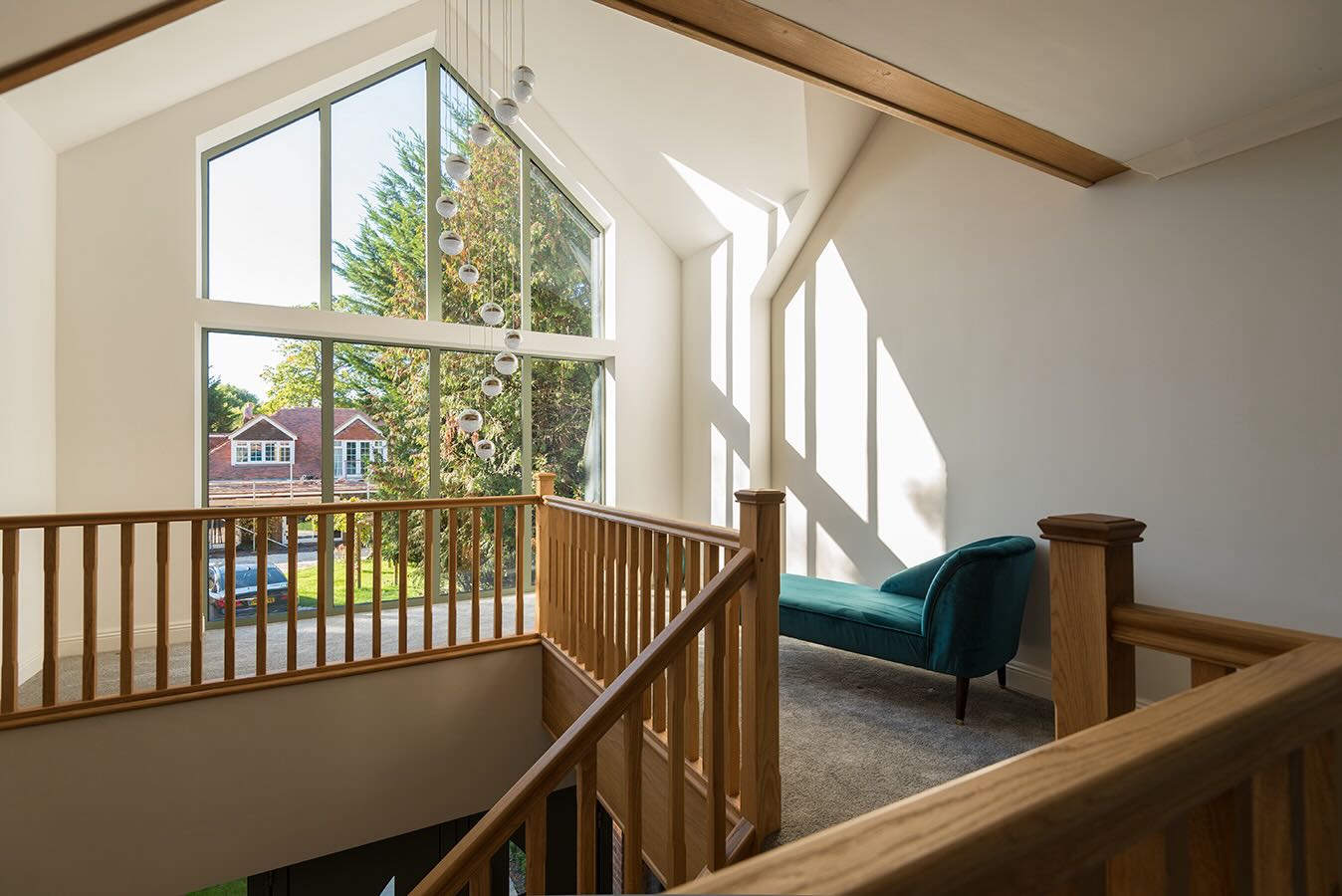
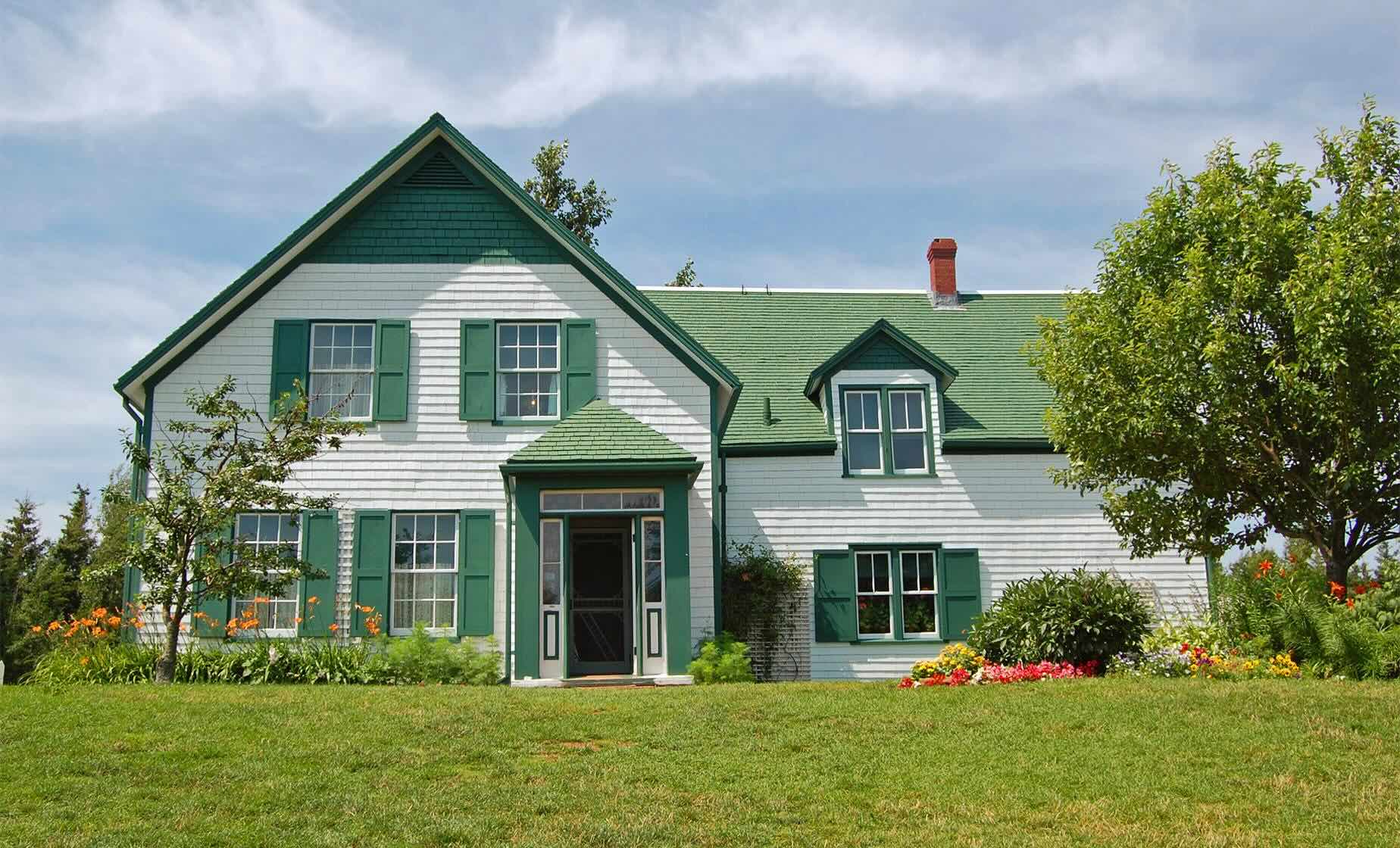
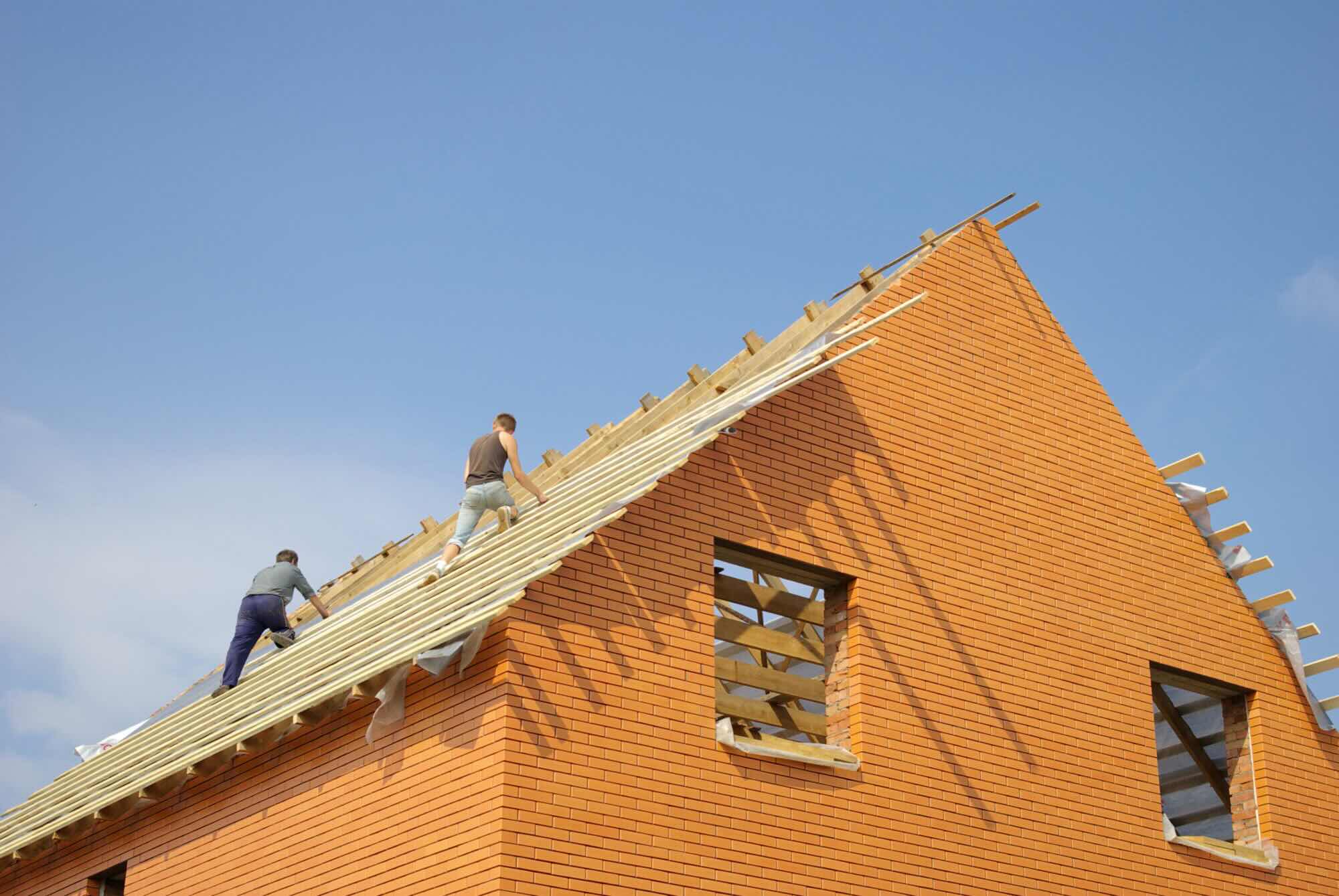
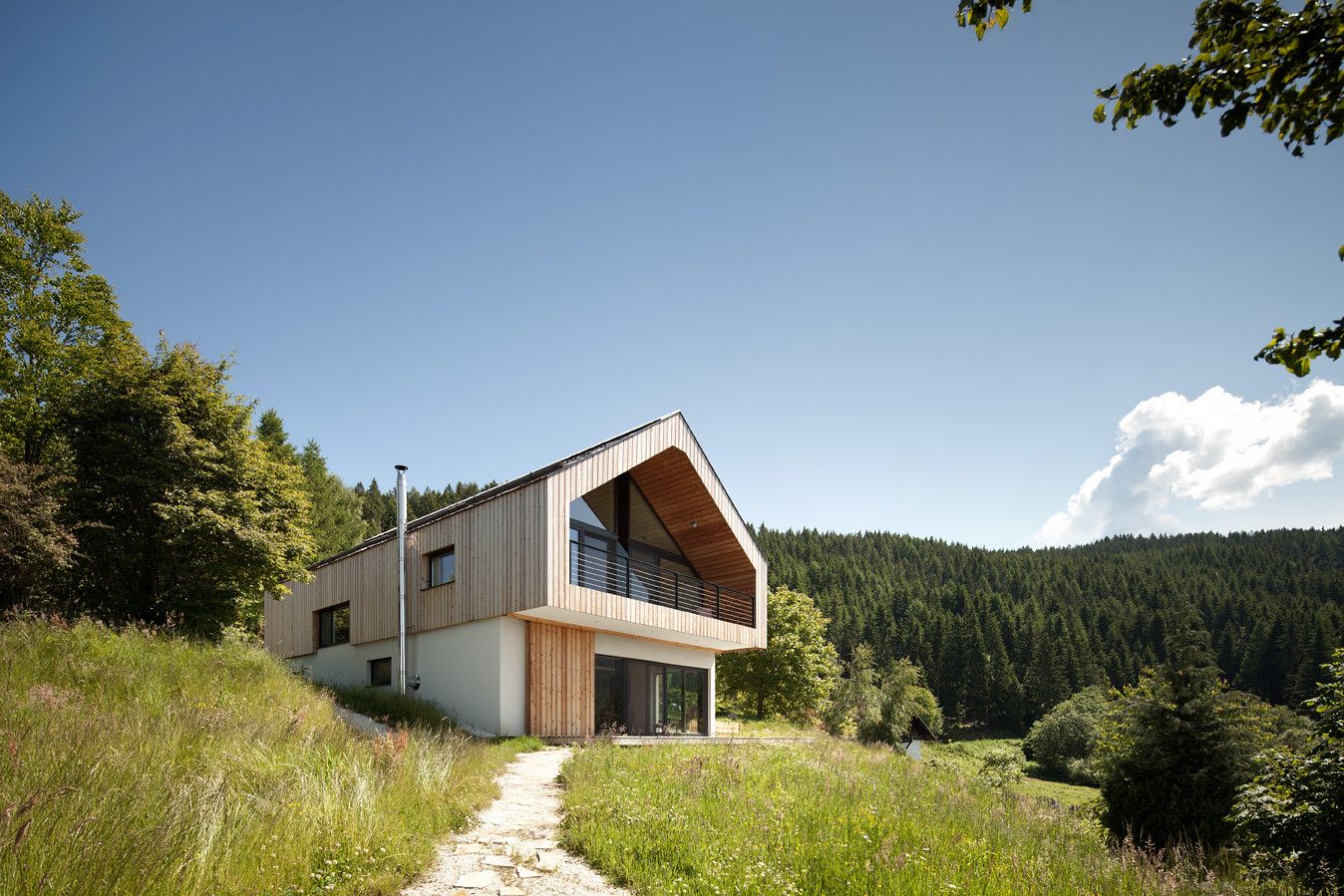
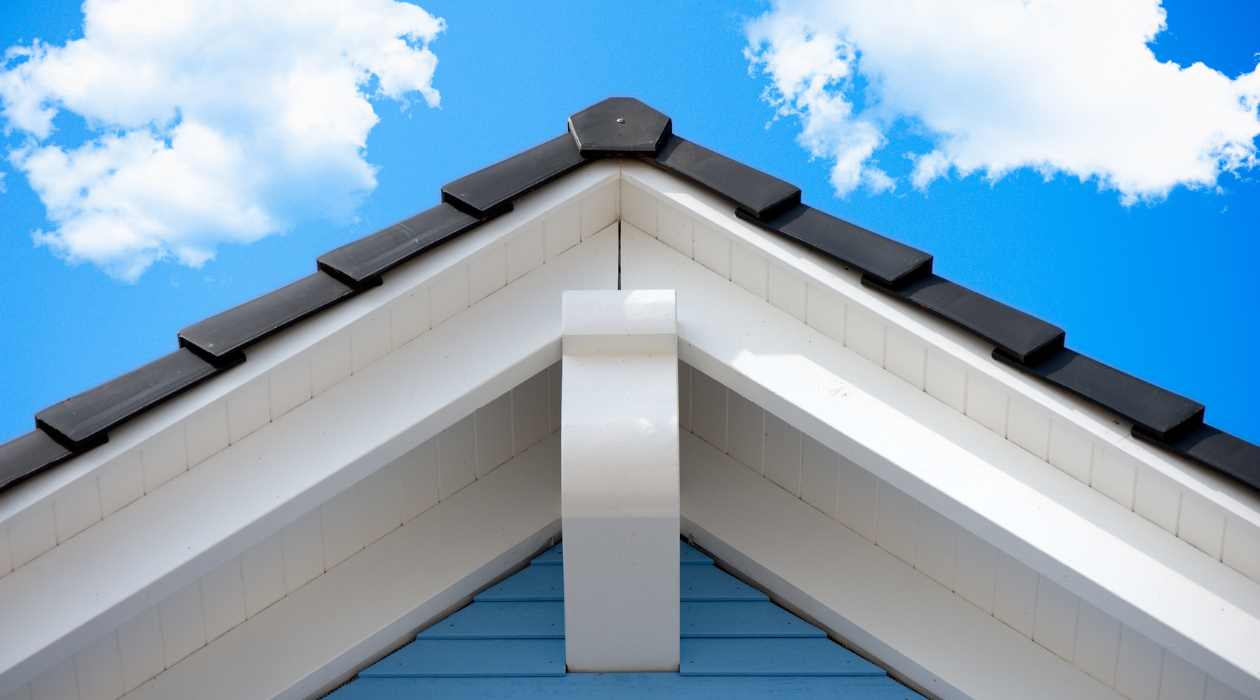
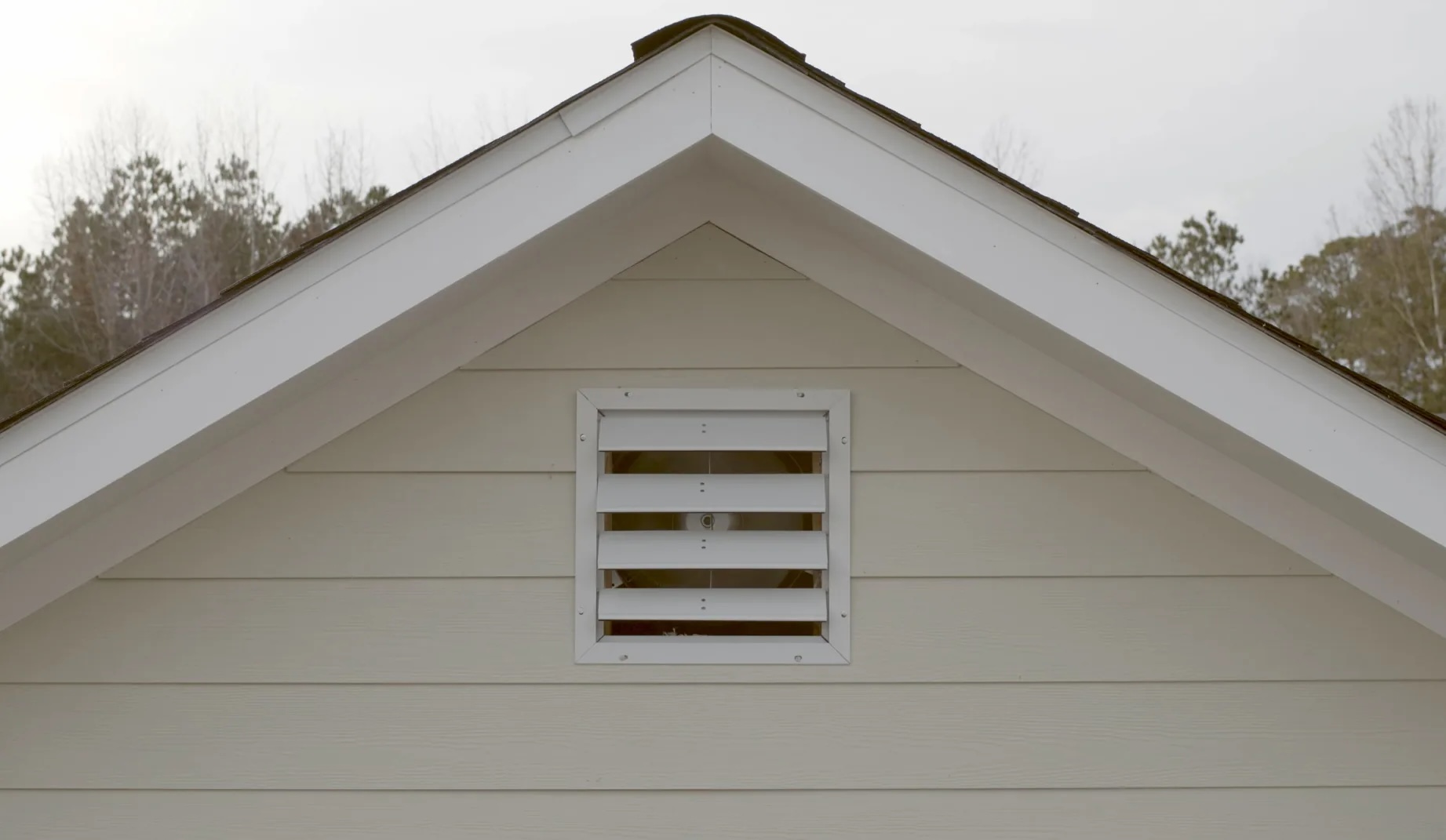
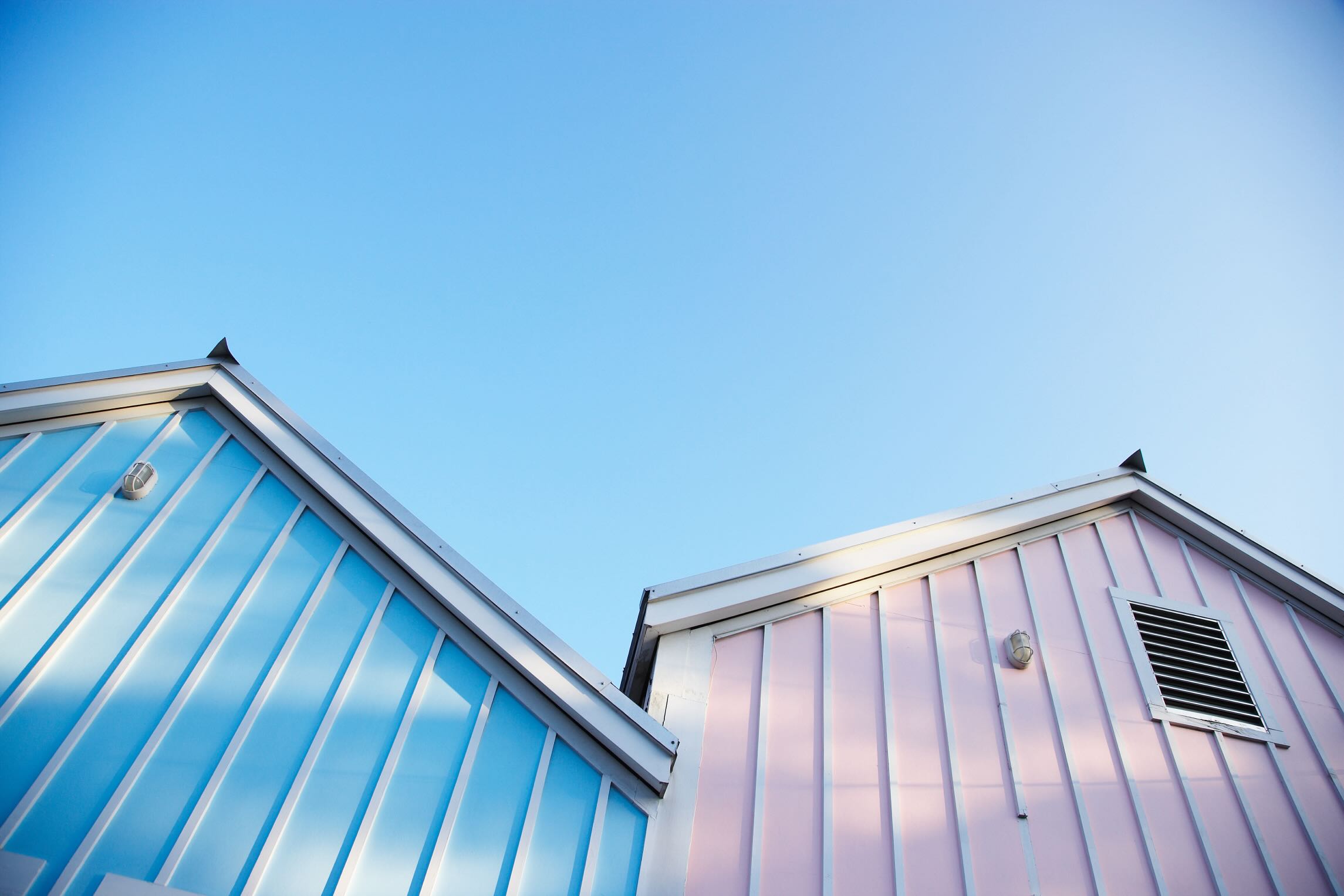
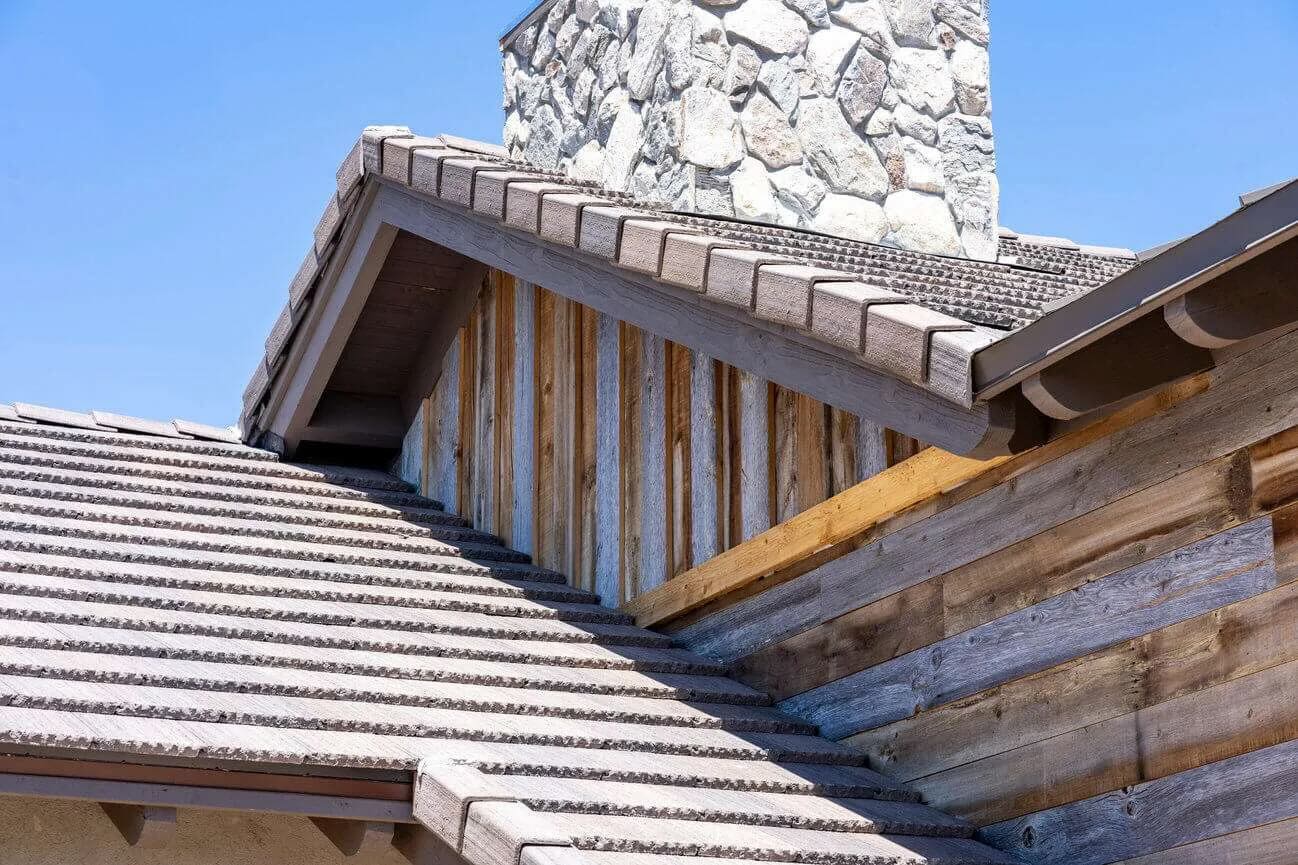
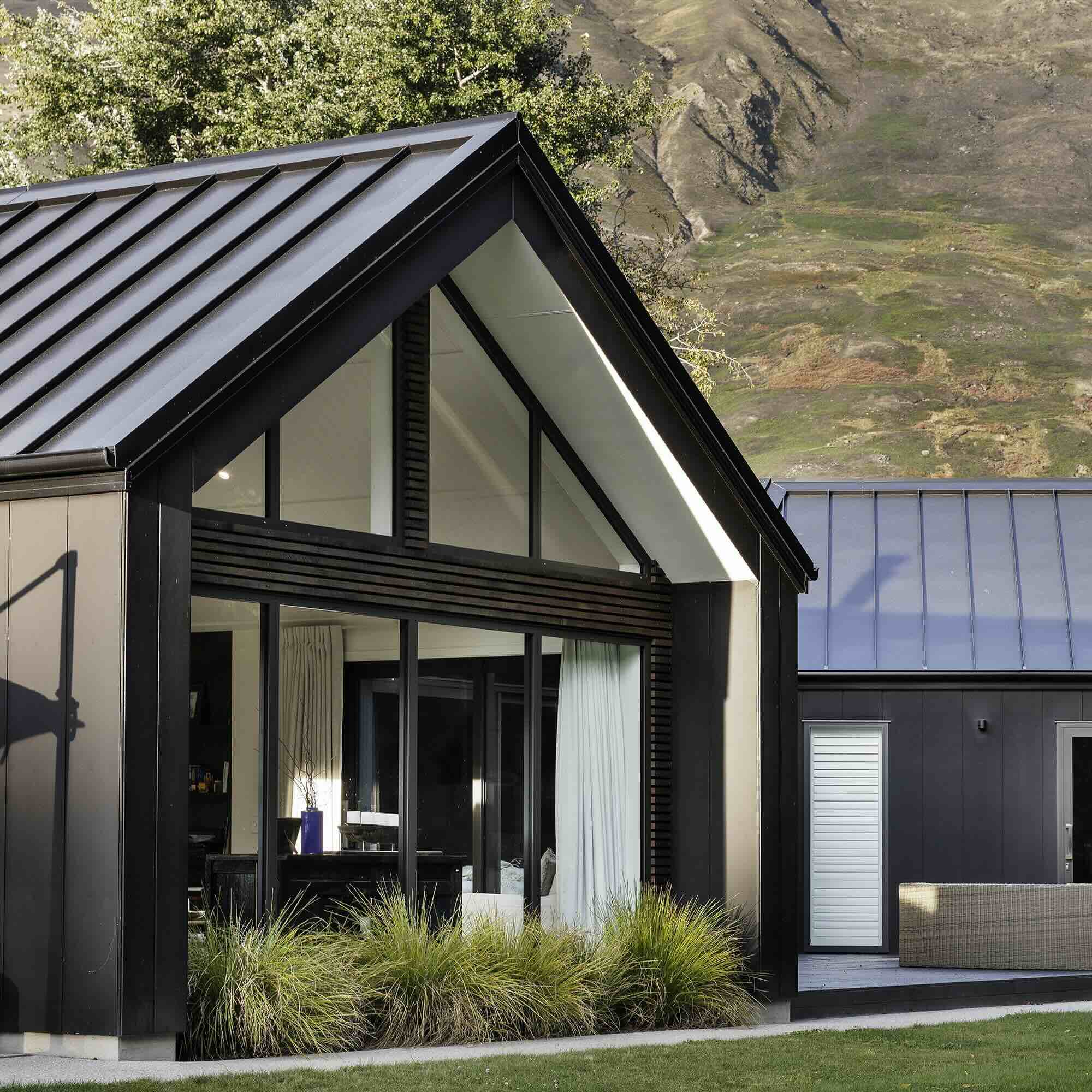
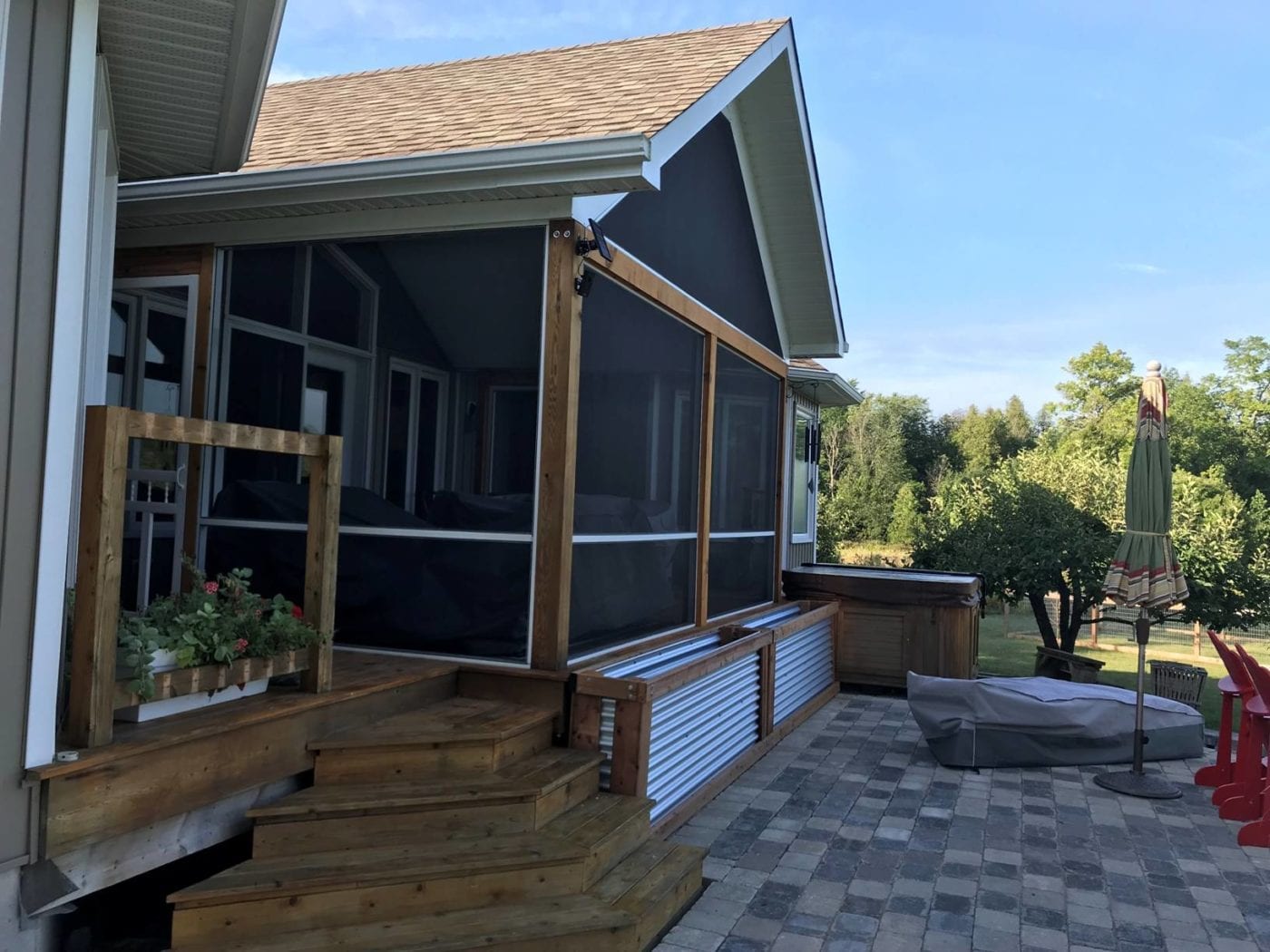
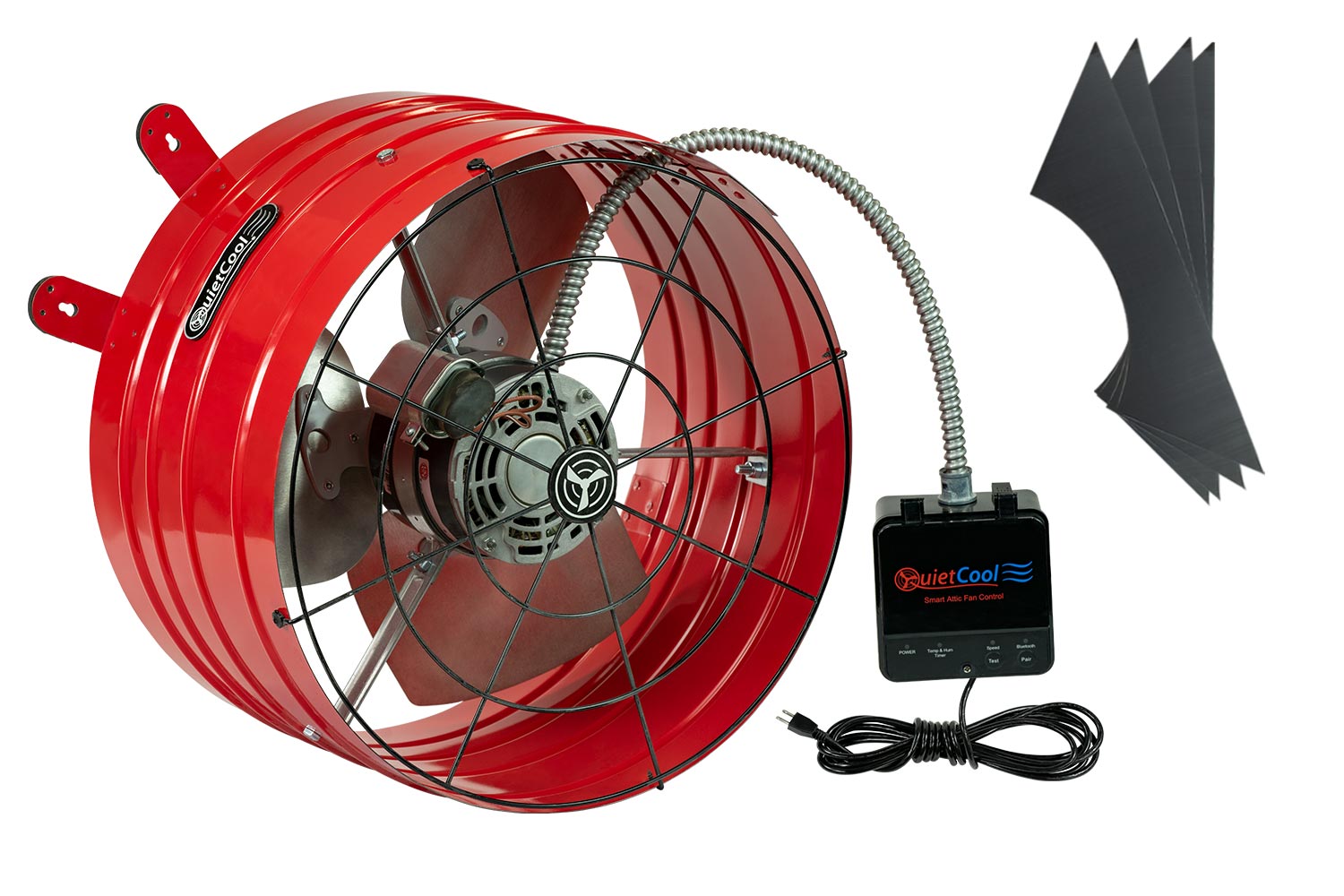

0 thoughts on “What Is A Gable Wall?”